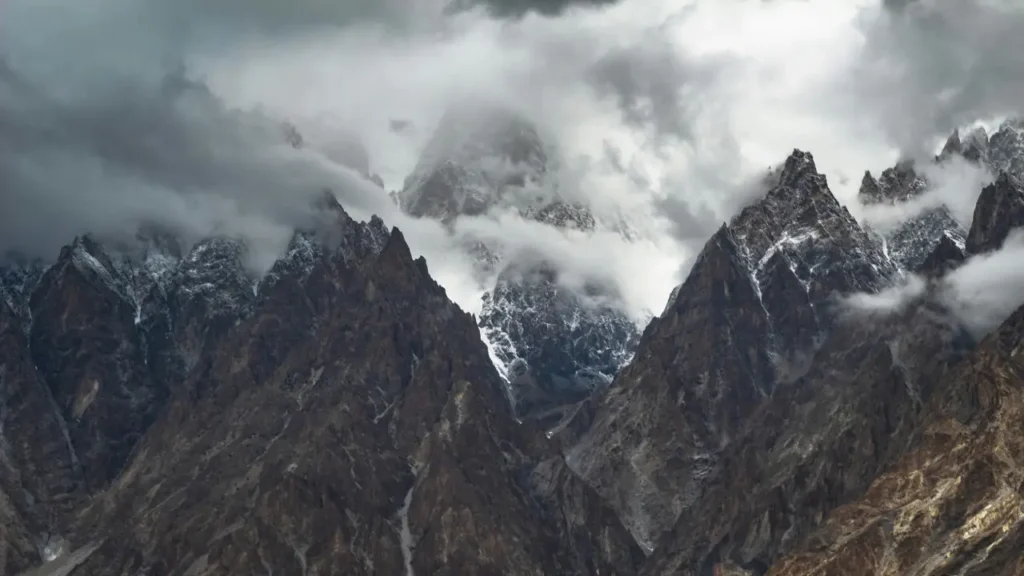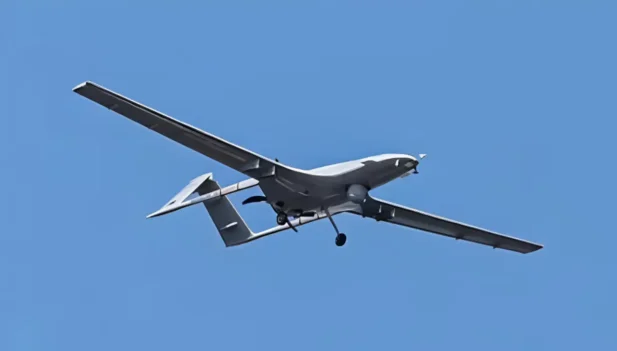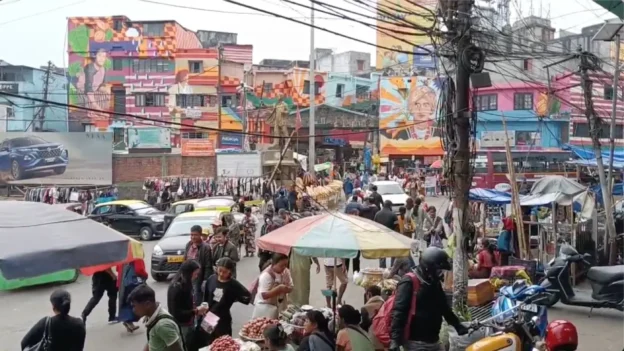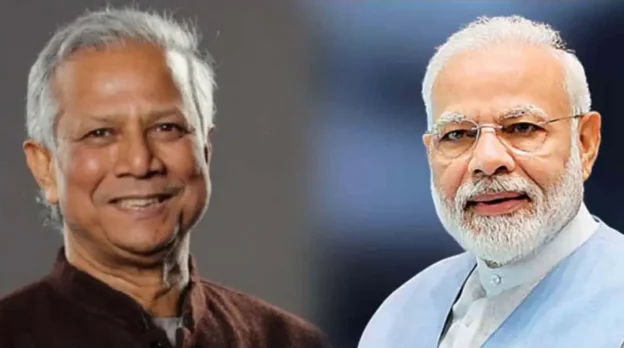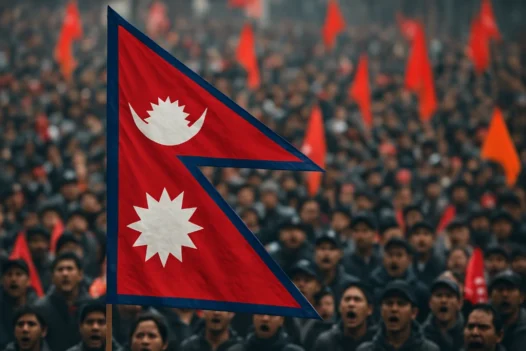China’s recent actions in the Hotan region underscore its determination to fortify its position along the disputed Line of Actual Control (LAC) with India. From administrative moves to enhance territorial control to logistical advancements for sustaining troops at high altitudes, these developments signal Beijing’s intent to prepare for a long-term strategic presence in contested areas.
In January 2025, China announced the establishment of two counties in the Hotan prefecture, a move that provoked strong reactions from India. The Indian Ministry of External Affairs (MEA) described this as an illegal occupation of Indian territory and lodged formal protests. MEA spokesperson Randhir Jaiswal reaffirmed India’s sovereignty over Ladakh, asserting that such administrative actions would neither alter India’s territorial claims nor lend legitimacy to China’s control. Despite these protests, China’s actions highlight its broader strategy of solidifying its grip over disputed territories, further complicating the fragile border dynamics.
By establishing administrative units, China gains leverage to enforce governance and strengthen its claim over the region. This approach not only undermines the prospects for a stable disengagement process but also raises questions about its commitment to resolving border disputes amicably. India views these actions as a direct violation of its territorial integrity, but diplomatic protests alone have yet to yield tangible results, as Beijing continues its assertive measures.
China’s military preparations in Hotan reflect its resolve to overcome the operational challenges of sustaining troops in the harsh conditions of the Tibetan plateau. Following the deadly Galwan Valley clash in 2020, China has struggled to acclimatise its soldiers to the extreme cold and low oxygen levels in high-altitude areas. Comparatively, Indian troops, who are seasoned in such conditions through their long-standing deployment in regions like Siachen, hold a natural advantage. Reports suggest that China has faced significant attrition, with over 100 soldiers lost while guarding the LAC in eastern Ladakh.
In response, China has invested heavily in enhancing its troops’ resilience. According to reports in Chinese media, recent measures include equipping personnel with improved oxygen supplies, portable oxygen cylinders, and individual oxygen generators. These measures aim to counter the physiological toll of operating in areas where oxygen levels are 40% below sea level. The media reports claim that the People’s Liberation Army (PLA) has also established a 20-kilometre supply zone in the Hotan military subdistrict to improve logistical efficiency. Quoting Liu Hao, a border regiment commander, the reports add that reliable oxygen access is critical for the health and combat readiness of Chinese soldiers stationed at an elevation of 5,380 metres (17,700 feet).
Hotan’s strategic location on the Karakoram plateau, near the Galwan Valley, makes it a pivotal area for China’s military operations. This region has witnessed several escalations in recent years, including the high-profile clash in June 2020 that resulted in the deaths of 20 Indian soldiers. Despite a relative calm since late 2024, the area remains one of the most challenging terrains for military manoeuvres.
Key advancements include the introduction of oxygen production cabins in 2020, which allow multiple high-concentration oxygen bottles to be refilled simultaneously, eliminating the need for soldiers to travel over 100 kilometres for replenishment. In 2021, the PLA deployed oxygen therapy chambers, capable of seating up to eight personnel at a time. These chambers provide controlled oxygen therapy under normal or slightly elevated atmospheric pressure, alleviating the effects of hypoxia and preventing altitude sickness. PLA military doctor Liu Wei has claimed that the therapy chambers offer targeted and scientific health benefits superior to traditional oxygen inhalation methods.
Additionally, the PLA Daily, a mouthpiece of the Chinese military, reported plans for further advancements in oxygen support systems. The Health Bureau of the Central Military Commission’s Logistic Support Department has announced the pilot installation of newly developed small oxygen generators and individual oxygen supply devices for use on the plateau. These innovations aim to meet the oxygen demands of troops during combat preparation and operations, enhancing their capacity to endure prolonged deployments.
Chinese media reports quotes the Health Bureau of the CMC Logistic Support Department, that as next steps, they will extend the pilot installation and usage of newly developed equipment such as small oxygen generators and individual oxygen supply devices for use on plateaus, and continue to improve the oxygen production and supply support technology. With these efforts, the oxygen demand of the troops for war preparation and fighting will be better satisfied, the report said.
Experts in strategic and Chinese studies argue that China’s infrastructural developments in Hotan extend beyond addressing troop sustenance. These logistical advancements form part of a broader plan to assert dominance along the LAC. By equipping its forces with cutting-edge oxygen systems and logistical capabilities, China aims to overcome the challenges of high-altitude warfare, reducing the operational advantage historically enjoyed by Indian troops. The improvements enable the PLA to maintain combat readiness and endure longer deployments, which is crucial for sustaining its posture in contested areas.
China’s strategic actions in Hotan carry profound implications for India-China border dynamics. The creation of new administrative units reflects Beijing’s intent to permanently entrench itself in disputed regions, complicating prospects for disengagement and resolution. The logistical and infrastructural improvements reduce China’s susceptibility to altitude-related vulnerabilities, challenging the edge Indian troops have traditionally held. These developments raise concerns about the potential for heightened military posturing, as both nations continue to build capabilities in the region.
India must recalibrate its approach to counter China’s dual strategy of administrative expansion and military preparedness. While diplomatic efforts remain vital, India must also strengthen its own infrastructure and logistical capabilities in contested areas to counterbalance China’s advancements. As these dynamics evolve, China’s calculated moves in Hotan are set to have far-reaching impacts on the geopolitical and security landscape of the Himalayas.

